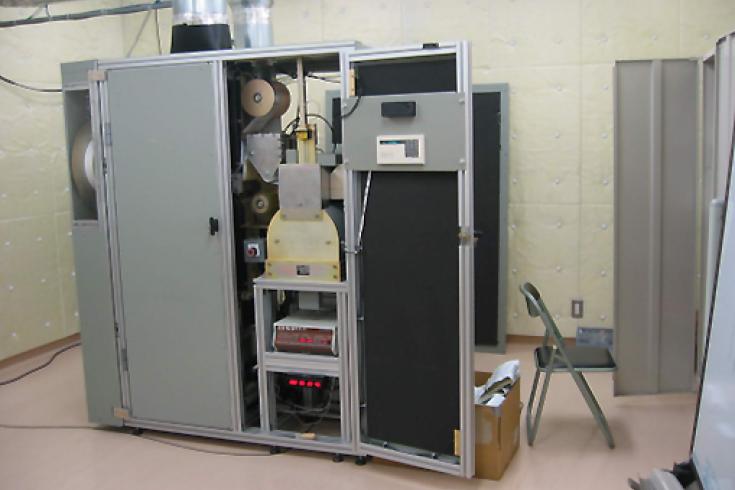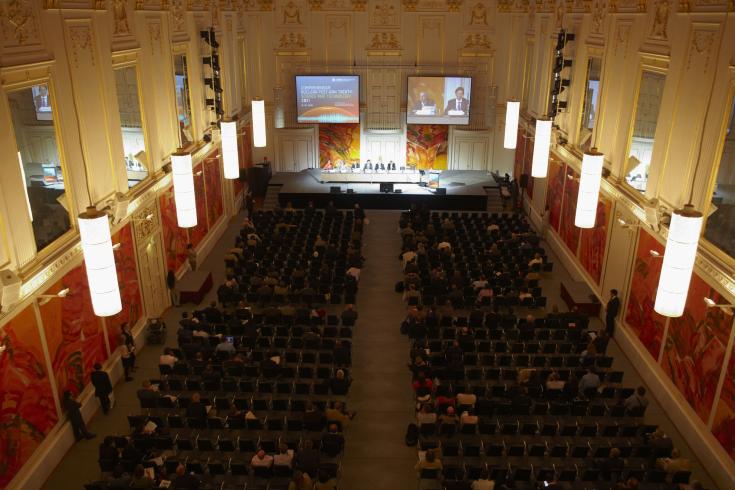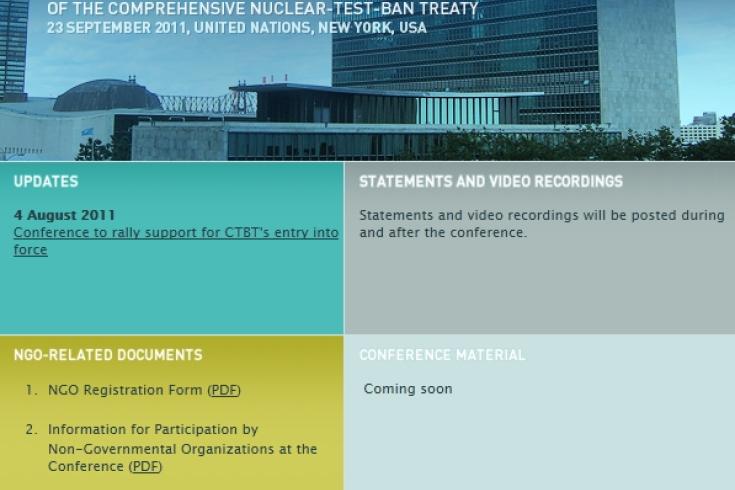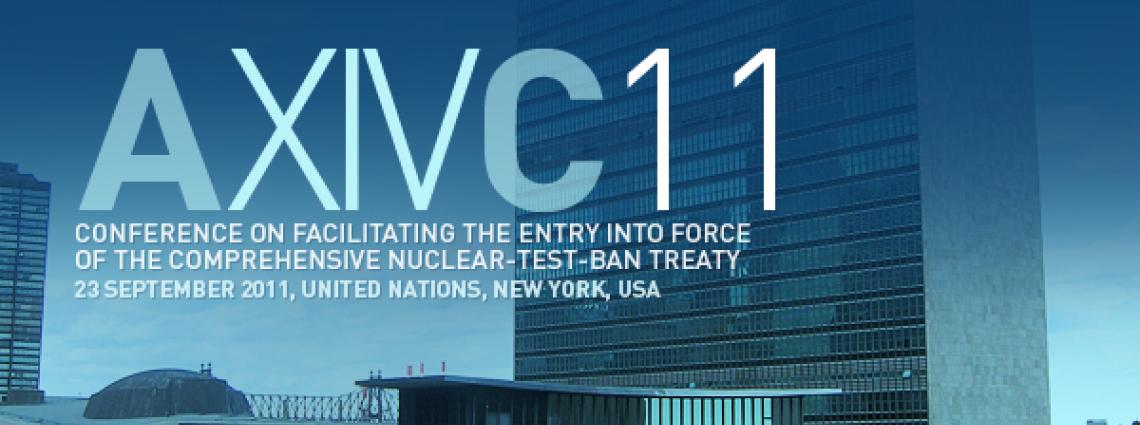Conference to rally support for
CTBT's entry into force
CTBT's entry into force
This year’s conference will be presided over by Carl Bildt and Patricia Espinosa, the foreign ministers of Sweden and Mexico. Sweden and Mexico will take over the entry into force process from France and Morocco. In the two years since the last conference, the Treaty was signed by one more State – Trinidad and Tobago – and ratified by four – the Central African Republic, Ghana, the Marshall Islands and Trinidad and Tobago. The build-up of the CTBT verification regime has progressed significantly with now 80% of its stations being operational.
Nine ratifications still needed
With a total of 182 signatures and 154 ratifications (see map) the Treaty is close to universality. Particular attention is being paid to so-called Annex 2 States whose ratification is needed for the Treaty’s entry into force. These States participated in the negotiations of the Treaty in 1996 and possessed nuclear power or research reactors at the time. Thirty-five of the 44 Annex 2 States have ratified the Treaty, including three of the nuclear weapon States: France, Russian Federation and the United Kingdom. The nine remaining States are: China, Democratic People’s Republic of Korea (DPRK), Egypt, India, Indonesia, Iran, Israel, Pakistan and the United States. The DPRK, India and Pakistan still have to sign the Treaty.

The seventh conference to promote the CTBT’s entry into force will take place on 23 September 2011 in New York.
This year’s conference takes place only a few months after the CTBT verification regime demonstrated its worth following the triple disaster of earthquake, tsunami and nuclear power plant accident in March 2011 in Japan. The Preparatory Commission for the Comprehensive Nuclear-Test-Ban Treaty Organization (CTBTO) provided crucial assistance through its monitoring stations. Information from the International Monitoring System’s (IMS) seismic and hydroacoustic stations supported tsunami warning centres in the Pacific region in issuing rapid alerts to populations in coastal areas. The radionuclide monitoring network initially detected radioactive releases from the Fukushima Daiichi power plant at stations in Japan and later across the entire globe. Reflecting on this contribution, the United Nations Secretary-General Ban Ki-moon said that “even before entering into force, the CTBT is saving lives.”
Member States received first-hand information on the dispersion of radioactive materials from the damaged power plant, enabling them to provide thorough information to concerned populations. The CTBTO also cooperated closely and shared data with relevant international organizations such as the International Atomic Energy Agency, the World Health Organization and the World Meteorological Organization.

Radionuclide station RN38 at Takasaki in Japan was the first station to pick up traces from radioactive releases from the Fukushima nuclear power plant.
The situation in Japan also featured in the organization’s latest scientific event, the CTBT: Science and Technology 2011 (S&T 2011) conference. For three days in June, over 500 scientists from around the globe gathered in Vienna, Austria, and discussed advances in science and technology relevant to test ban verification. One of the main topics of the conference was the recent disaster in Japan with contributions on the earthquake, the tsunami and the nuclear power plant accident. A special panel with international experts examined the nuclear power plant accident at Fukushima in more detail.

Over 500 scientists participated in the CTBT: Science and Technology 2011 conference in June in Vienna, Austria.
The conference is often referred to as the “Article XIV Conference” after the entry into force article in the CTBT. It states that a conference to promote the Treaty may be held after three years if the Treaty has not yet entered into force at the time. The first conference was held in 1999 in Vienna, Austria. Subsequent conferences have been held every alternate year since then. As with previous conferences, invitations will also be extended to specialized agencies, inter-governmental and non-governmental organizations to attend the conference as observers.
Please visit the CTBTO website for regular information updates on this year’s conference.

Visit our 2011 Article XIV Conference area for additional documents and more information.
2 Aug 2011
